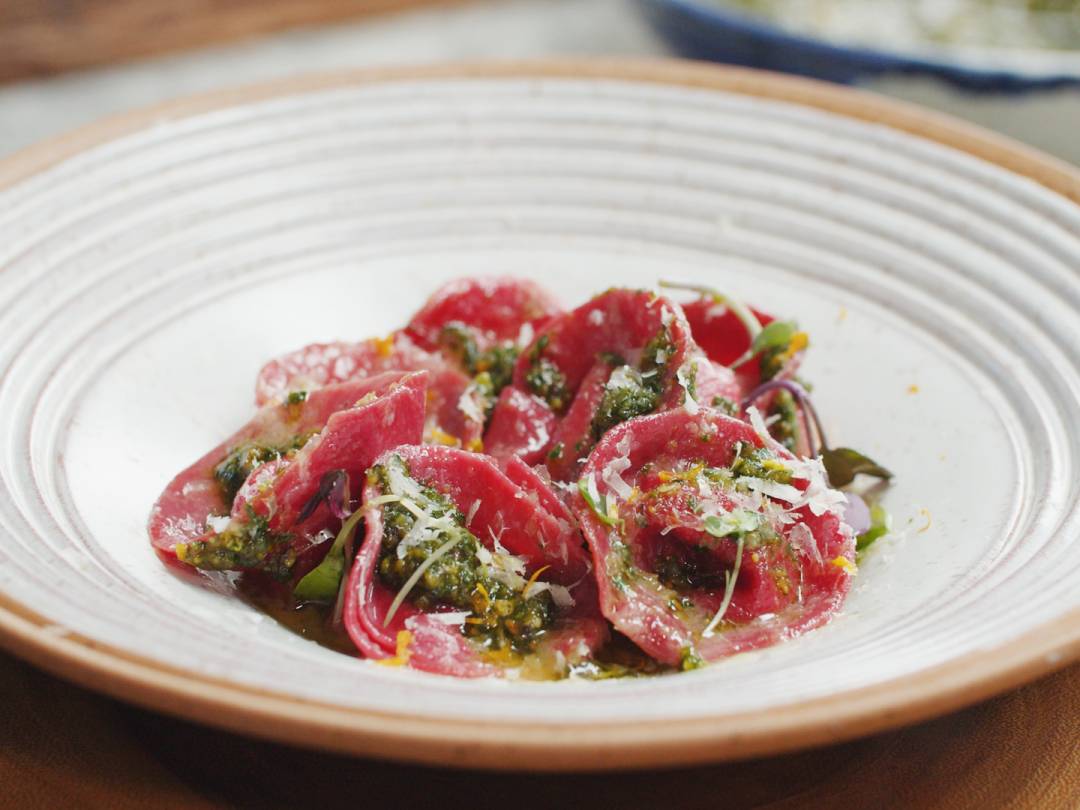Category Filters
- 2020 Holiday (7)
- Autumn (5)
- BBQ (6)
- Beef (20)
- Breakfast (28)
- Chicken (13)
- Chocolate (5)
- Christmas (23)
- Comfort Food (15)
- Dessert (26)
- Drinks (1)
- Duck (1)
- Easter (3)
- Egg (25)
- Fish (8)
- Fit Food (21)
- Game (3)
- Kids (11)
- Lamb (5)
- Pancake Day (2)
- Pasta (6)
- Pie (4)
- Pork (18)
- Salads (10)
- Seafood (9)
- Store Cupboard Staples (2)
- Summer (11)
- Thanksgiving (13)
- Valentine's Day (1)
- Vegan (4)
- Vegetarian (41)
- Wellington (2)
- View all recipes
 Gordon Ramsay.com
Gordon Ramsay.com
